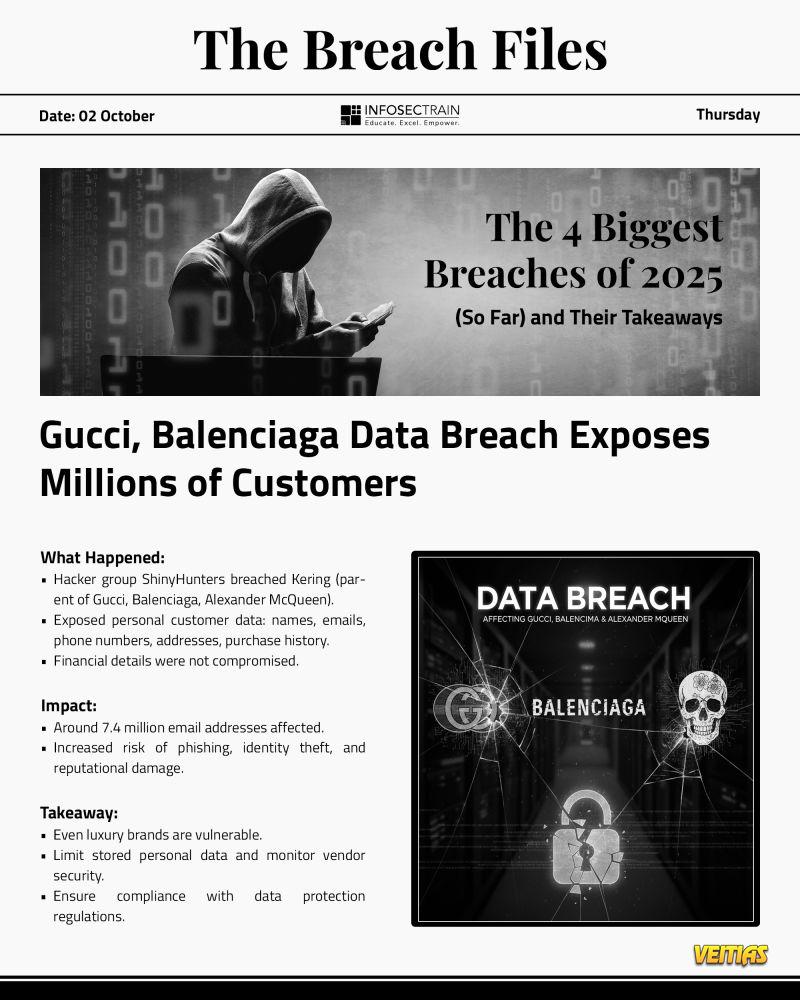Crack Your SOC Interview | Top Questions & Expert Tips
This masterclass is your ultimate guide to acing SOC interviews with confidence. We cover the most frequently asked SOC interview questions, provide expert tips & tricks, and share real-world strategies to help you stand out.
What you’ll learn in this session:
Introduction to SOC
Access & Authentication Scenarios
Phishing Scenarios
Network Scenarios
Rapid-Fire Mini Scenarios
How to Tackle Scenario Questions
Watch Here: https://youtu.be/2KlGzKZQA2I?si=qDbfzUBQOSuhyVdK
#SOCInterview #SOCAnalyst #CybersecurityJobs #SOCInterviewPrep #SOCInterviewQuestions #SOCInterviewTips #CybersecurityCareers #SIEM #ThreatIntelligence #IncidentResponse
This masterclass is your ultimate guide to acing SOC interviews with confidence. We cover the most frequently asked SOC interview questions, provide expert tips & tricks, and share real-world strategies to help you stand out.
What you’ll learn in this session:
Introduction to SOC
Access & Authentication Scenarios
Phishing Scenarios
Network Scenarios
Rapid-Fire Mini Scenarios
How to Tackle Scenario Questions
Watch Here: https://youtu.be/2KlGzKZQA2I?si=qDbfzUBQOSuhyVdK
#SOCInterview #SOCAnalyst #CybersecurityJobs #SOCInterviewPrep #SOCInterviewQuestions #SOCInterviewTips #CybersecurityCareers #SIEM #ThreatIntelligence #IncidentResponse
Crack Your SOC Interview | Top Questions & Expert Tips
This masterclass is your ultimate guide to acing SOC interviews with confidence. We cover the most frequently asked SOC interview questions, provide expert tips & tricks, and share real-world strategies to help you stand out.
🔥 What you’ll learn in this session:
✅ Introduction to SOC
✅ Access & Authentication Scenarios
✅ Phishing Scenarios
✅ Network Scenarios
✅ Rapid-Fire Mini Scenarios
✅ How to Tackle Scenario Questions
Watch Here: https://youtu.be/2KlGzKZQA2I?si=qDbfzUBQOSuhyVdK
#SOCInterview #SOCAnalyst #CybersecurityJobs #SOCInterviewPrep #SOCInterviewQuestions #SOCInterviewTips #CybersecurityCareers #SIEM #ThreatIntelligence #IncidentResponse

0 Reacties
0 aandelen
3962 Views
0 voorbeeld







